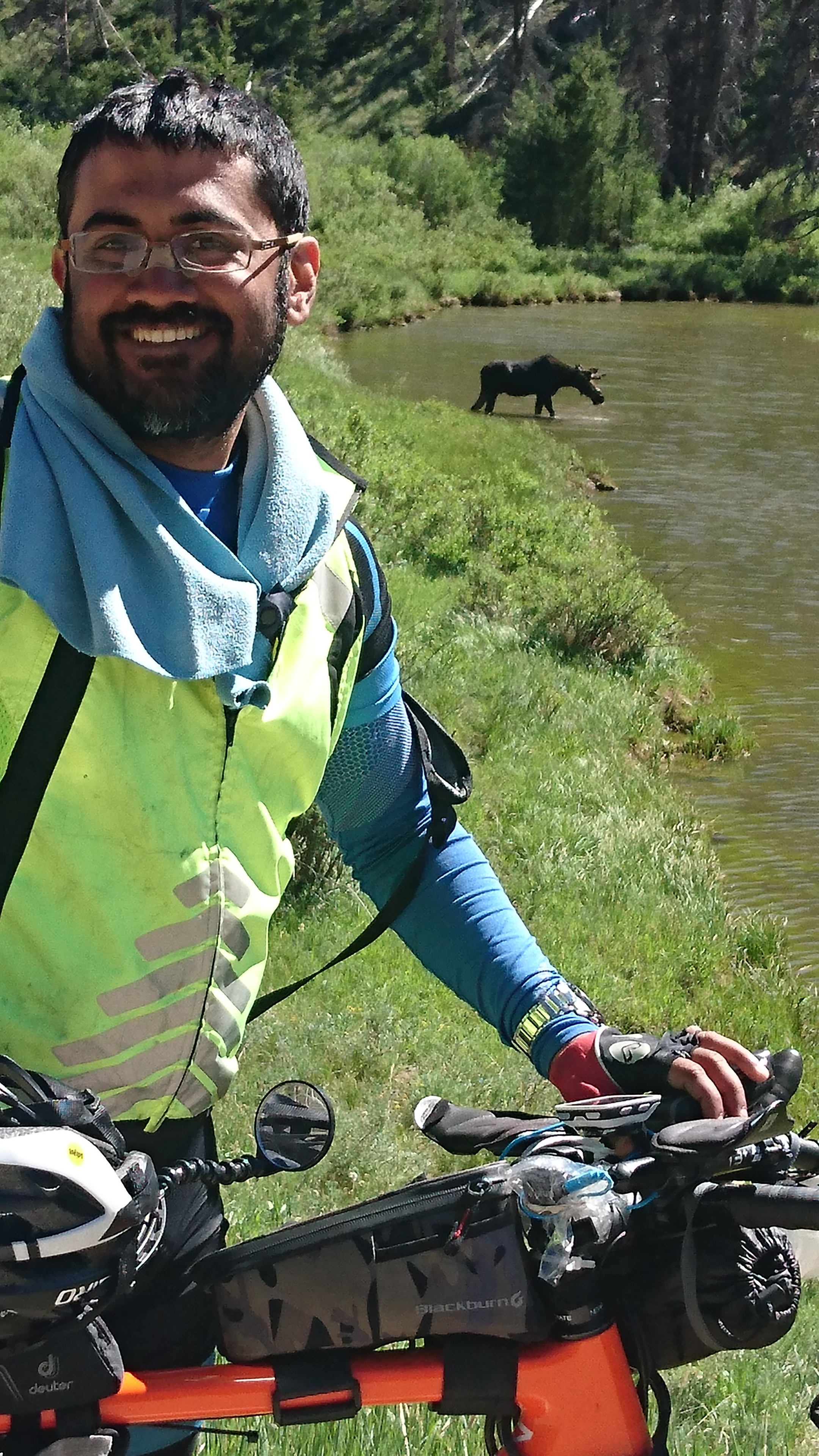EUINDIA GRID Part II
We at NPSF-SANG, C-DAC Pune, are in the process of setting up our own local grid, one with complete functionality of a grid. Here, I give a brief description of the key tems related to high performance computing (HPC) and the work that we do, as well as an overview of the EUINDIA Grid project. All terms are overly simplified to cater to lay-man levels of understanding.
A cluster is a bunch of computers put together in a tight formation. The philosophy of the cluster is that the whole is always better than the part. A cluster may or may not have computers of a similar nature, but it is in general preferred to have hardware of similar or identical performance capabilities to be joined together as they make the problem of task distribution that much simpler. We at NPSF currently have two clusters in operation. Clusters are always tightly coupled and housed together. Clusters are usually dedicated to the task and the role assigned to them. They are not meant to be used individually. They exist in a group and that is it.
A grid is a bunch of computers and computing resources that are in a loose formation. They can execute in synch with each other and even act as a collective unit, but so can they exist independently. They don’t need to tightly coupled and so need not be housed together. In fact, in major grids around the world, contributors to the grid in terms of hardware are often seperated by thousands of miles! It’s possible to have a desktop computer in Karachi, a cluster of computers from India and another from UK or elsewhere to exist in the same grid and the best part is that these machines are not dedicated to the purpose of the grid. Unlike the machines in a cluster, these babies can do whatever they want, or rather, whatever their owners want them to do. If a desktop is not in use for instance when a person is away from the desk, instead of just displaying a screensaver and doing nothing, it can log into the grid and act as a worker node, helping to assimilate a small part of a huge task. Based on the nature of the computing resource, its availability, workload and several other factors, it is assigned a particular role in relation with the grid.
Both clusters and grids are viewed as answers whenever there is a need for massive amounts of computing power.
The EUINDIA Grid project is funded by the Europian Union and its explicit purpose is to introduce us to the nuances of building and maintaining grids. Towards the effort, we at NPSF have identified about fourteen machines (which are going to be joined by another twenty tomorrow) for the purpose of taking care of the various aspects of a grid. In a grid, not all the machines do the same kind of work, nor do they have the same kind of hardware. Based on the nature of their hardware, their tasks are decided. We have different machines to serve as file servers, interactive nodes (accepting requests for processing from the user), worker nodes (the ones which do the hard work), resource manager nodes (which decide which worker node is doing what, which is the least busy/most busy worker node etc in order to determine the best match for the task at hand, certification authority, to check and authenticate the validity and eligibility of people to work on the grid, etc.
Tomorrow is going to be a busy day as we have an expert coming down from Italy to help us with the setup, and boy, do we have questions to ask! Looking forward to tomorrow!
